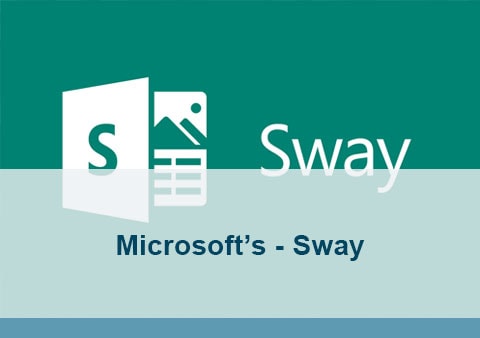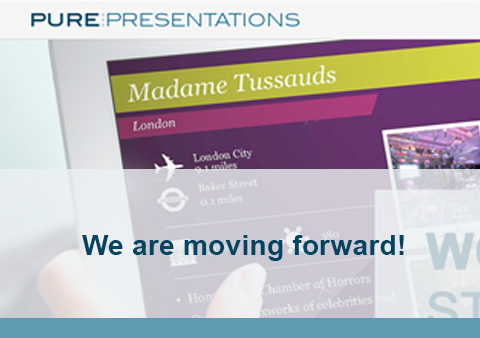Data representation has a reputation for being dull; for being purely functional and clinical in displaying facts and figures. Though it certainly has to be functional, it doesn’t necessarily have to be boring.
Grabbing and keeping the attention of your audience is key to a successful data visualisation. If people are engaged and intrigued by something visual, something that they’ve not seen a handful of times before, then they are more likely to consider it, discuss it and ultimately remember it.
Designing data- as opposed to sticking with the monotonous defaults of ‘Chart Wizard’- can be as simple removing the unessacary, considering the colours and emphasising the key figures. Cluttered charts and graphs can instantly become more efficient if the data they are portraying is carefully considered. It’s a point we come back to time and again in everything we do, but simplicity is paramount. An overwhelming amount of figures can be hard to process and easily disengage an audience; one or two figures on a cleaner chart will instantly stand out more. Colour can also make a huge difference to your data- can information be grouped and colour coded? Perhaps it can all follow one colour except that key figure you want to emphasise?
These simple steps may help ‘tidy’ your data into recognisable yet more graphically considered charts, but what can really make the difference is a design brain tackling your data. In today’s design world there is prevalence for slightly more quirky, memorable ways of presenting information. Rather than become lost in the world of bog-standard graphs and tiresome charts, perhaps your material lends itself to a particular graphic style or iconography. Our attention spans are diminishing all the time, so thinking of creative visual ways to portray information is becoming ever more important. Infographics have come to the fore of late and they are prime examples to express how design can improve data- if you sell ice-creams, for example, instead of your key percentages being divided into chunks of a pie chart, they could be segments of a ninety-nine cone with a flake. If you sell ten cones for every one lollipop, then a giant cone next to ten lollies could clearly, and memorably, show the ratio. Perhaps you need to show your employees how well each flavour scoop performed this month and decide to use an ice cream parlour as the backdrop for you scoop-stack bar chart: Pistachio a single scoop, beside a heap of ten mint-choc-chips and fifteen vanillas. This may be an easy example to develop visually, but there is always creative potential with any data and it’s something that professionals like us, strive to unearth.
The data vs. design argument is often considered in relation to Microsoft and Apple. Though both companies have similar technical status and are equally important across the globe, Apple has a desirability, an X-Factor as such, driven by its emphasis on design. Everything from Apple is slick, sleek and graphically considered. As Steve Jobs himself said, “Design is a funny word. Some people think design means how it looks. But of course, if you dig deeper, it’s really how it works.”
It is easy to accuse design of distracting from data, but design by definition is not art: it is a functional aid and a tool to enhance data. Good art invokes different ideas; good design invokes the same idea.


























